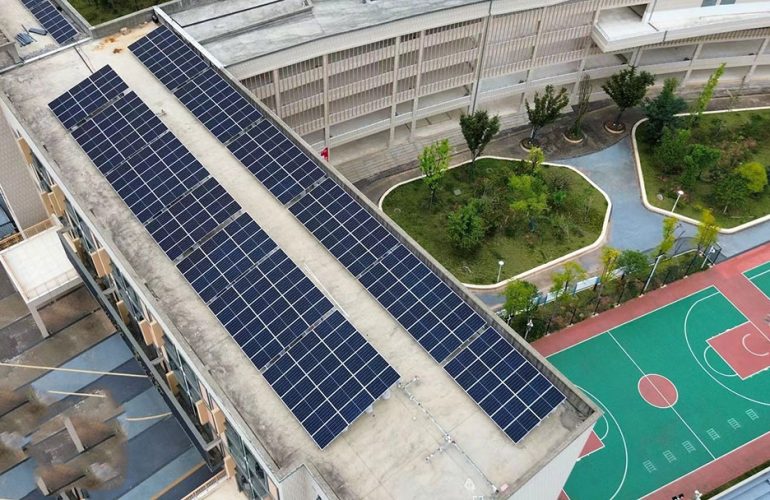Here is a comprehensive strategy for choosing the most economical solar cell:
I. Core purchasing principles
Prioritize lead-acid batteries
Lead-acid batteries (especially flooded ones) have the lowest initial cost and are the preferred option when the budget is limited. However, it should be noted that they have high maintenance requirements and a short lifespan (about 3-5 years)1.
Lithium batteries are preferred for the long term
Although lithium batteries (such as lithium iron phosphate) have an initial price that is 30%-50% higher, they have high energy density, a lifespan of more than 10 years, and maintenance-free characteristics that can reduce long-term use costs12.
Matching system capacity
Accurately calculate daily electricity demand: For example, a 46㎡ rooftop solar system can usually meet the full load power supply of a household, avoiding waste caused by excess battery capacity3.

II. Key measures to reduce costs
Utilize policy subsidies
Countries such as Germany and the United States have reduced the cost of solar systems by 60% (2010-2020) through subsidy policies. Check your local renewable energy subsidy program now to reduce costs by more than 30%3.
Choose an integrated solution
Using a solar generator kit (including panels + controller + battery) can save about 25% of the cost compared to purchasing separately. For example, brands such as Anker provide an integrated solution with optimized compatibility2.
Self-installation and maintenance
Learn basic installation skills through the battery purchase guide provided by the manufacturer to save labor costs. Special attention: lead-acid batteries require regular inspection of the electrolyte, while lithium batteries do not require maintenance1.
III. Risk avoidance suggestions
Beware of low-price traps:
Products that are 50% below the market average price may have safety hazards (e.g., a $1,200 electric car battery has a range of only 27 miles)4
Verify system compatibility:
The controller must match the battery type (lead-acid/lithium battery). Incorrect matching will lead to accelerated battery loss2
Prioritize local service providers:
Choose local suppliers that provide technical support, and the subsequent maintenance costs can be reduced by 40%1
Ultimate cost comparison:
Taking an American family as an example, the initial investment in a lead-acid battery system is about 5,000-5,000-8,000, and the lithium battery system is 12,000-12,000-18,000; but the total cost of lithium batteries in 10 years exceeds that of lead-acid batteries by 15%-20% (including replacement and maintenance costs)

